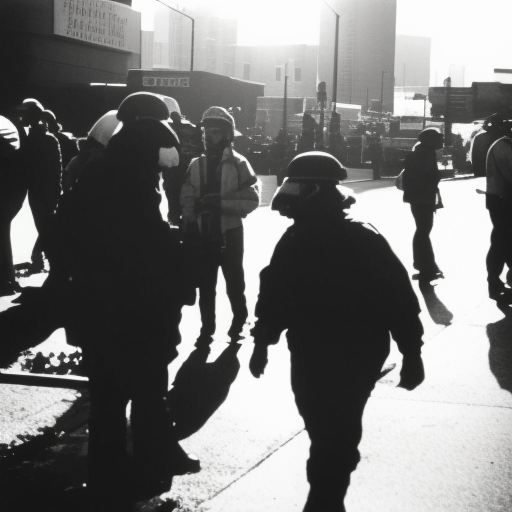Summary:
The Occupy movement was a global protest movement that emerged in 2011, primarily in response to social and economic inequality. It began with the Occupy Wall Street (OWS) protest in New York City and quickly spread to cities across the United States and around the world. The movement aimed to challenge the influence of corporations and the wealthy elite on politics and to advocate for economic justice and equality.
Background:
The Occupy movement was a direct response to the 2008 global financial crisis, which resulted in widespread job losses, home foreclosures, and a growing wealth gap. Many people felt that the financial industry, in particular, had not been held accountable for its role in the crisis, and that the economic system was rigged in favor of the wealthy. The movement drew inspiration from previous protests, such as the Arab Spring and the Spanish Indignados movement.
Occupy Wall Street:
The Occupy Wall Street protest began on September 17, 2011, in Zuccotti Park, located in New York City’s financial district. The protesters, who referred to themselves as the “99 percent,” aimed to draw attention to the concentration of wealth and power in the hands of the top 1 percent. They set up a camp in the park and organized various activities, including general assemblies and working groups, to discuss and address issues related to economic inequality.
Spread and Impact:
The Occupy movement quickly spread to other cities in the United States, including Los Angeles, Chicago, and Boston, as well as to cities around the world, such as London, Madrid, and Sydney. The protests varied in size and intensity, but they all shared a common message of discontent with the existing economic and political systems.
The movement had a significant impact on public discourse and policy debates. It brought issues of income inequality and corporate influence to the forefront of political discussions. The phrase “We are the 99 percent” became a rallying cry for those who felt marginalized by the economic system. The movement also influenced the political landscape, with some politicians adopting the language and concerns of the Occupy movement in their campaigns.
Criticism and Challenges:
The Occupy movement faced criticism from various quarters. Some argued that the movement lacked clear goals and leadership, which made it difficult to sustain momentum and achieve concrete outcomes. Others criticized the protests for disrupting public spaces and for the behavior of some participants.
The movement also faced challenges from law enforcement agencies, who often used force to disperse the protests. In some cases, protesters were arrested and faced legal consequences for their participation. These challenges, combined with internal divisions and the lack of a centralized organization, ultimately led to a decline in the movement’s visibility and impact.
Legacy:
Although the Occupy movement did not achieve all of its goals, it left a lasting impact on public consciousness and political discourse. It brought issues of economic inequality and corporate power to the forefront of public debate and inspired other social justice movements around the world. The movement also highlighted the potential of grassroots organizing and the power of collective action in challenging entrenched systems of power.
In conclusion, the Occupy movement emerged in 2011 as a response to social and economic inequality. It began with the Occupy Wall Street protest in New York City and quickly spread to cities worldwide. The movement aimed to challenge the influence of corporations and the wealthy elite on politics and advocate for economic justice. While it faced criticism and challenges, the Occupy movement had a significant impact on public discourse and inspired other social justice movements.












